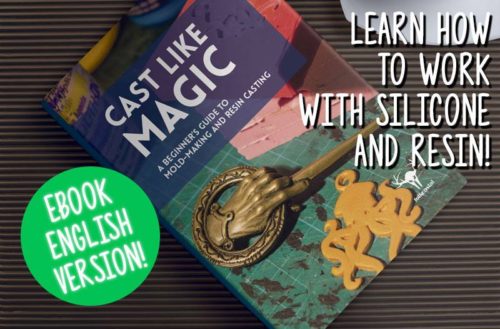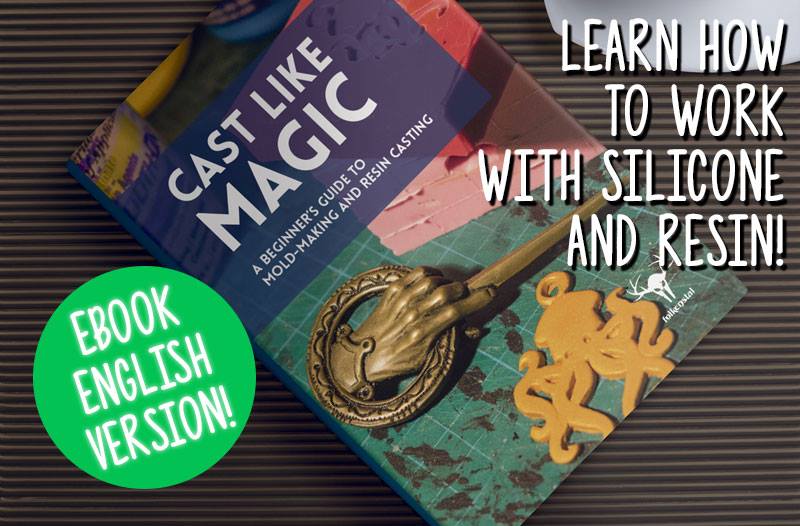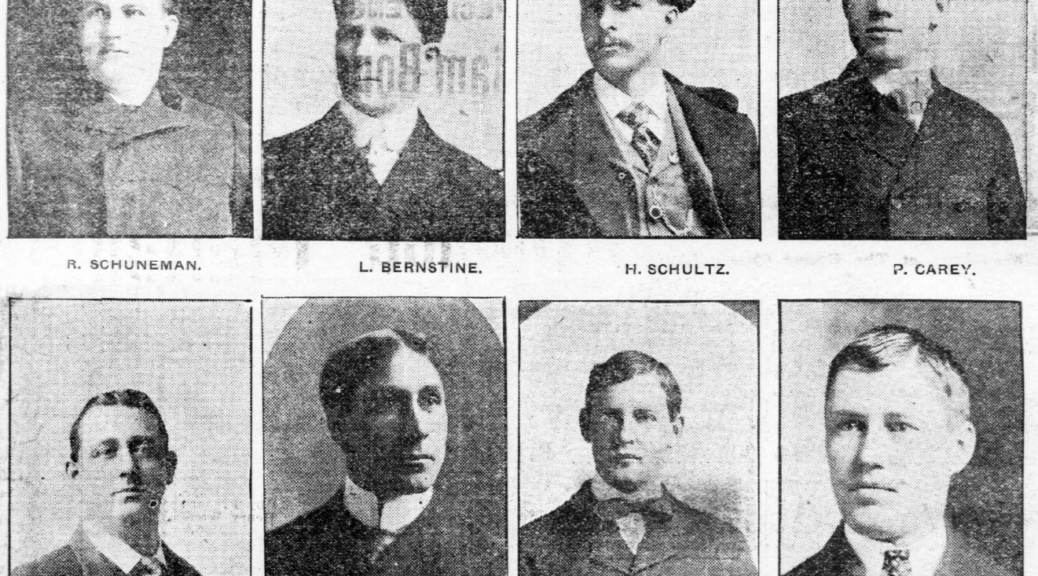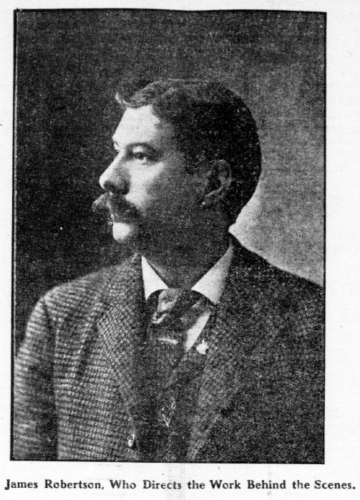If you follow the world of cosplay props, you have probably run across the work of Folkenstal Armory. This Swiss cosplayer is known for her fantasy daggers and armor from games like Elder Scrolls and Skyrim.
She recently released an e-book, Cast like Magic: A Beginner’s Guide to Mold Making and Resin Casting. Only the original German edition is available in print.
She wrote this in response to the lack of books on silicone mold-making and resin casting. While it’s true you can find a variety of books that have a section on silicone molds and resin casting, none are solely devoted to the individual prop maker. And though you can find a plethora of tutorials online, most are for specific projects, and none give a comprehensive overview of the entire process like this book does.
Cast Like Magic covers one-part silicone molds, cut silicone molds, two-part silicone molds, brush on molds, and rotation casting. What really sets this book apart are the illustrated diagrams for each process giving a cut-away view of what is going on. Mold making and casting can be difficult processes to photograph because everything is happening inside or underneath the opaque material. Her diagrams give a clear picture of what we cannot see.
The photographs are bright, colorful, and extremely clear. The pictures of her own work are especially wonderful, giving an up close view of all the exquisite detail she adds.
Cast Like Magic has chapters on mold boxes and registration keys as well, two topics which are frequently glossed over in discussions on mold making.
A good chunk of the beginning of the book is spent discussing materials used. Besides the various silicones and resins, she also discusses mold releases, thickeners and thinners. You also see various resin additives in action, from metal powders to UV colorants.
She uses Smooth-On products almost exclusively. At times, it almost feels like you are reading one of their catalogs. While they remain one of the more accessible suppliers for beginners, keep in mind that many other companies and products exist.
This is a very well-informed book, providing proper safety precautions where necessary and giving just the right amount of technical information.
So if you’ve been waiting to take the plunge into silicone mold-making and resin casting, this book will help you make sense of the whole thing. If you have already made a few molds and casts, this book will fill in the gaps of your knowledge and show you a few new tips and tricks. At only $8.50, it’s a heck of a deal, too.




